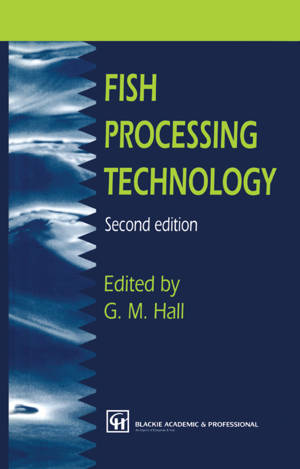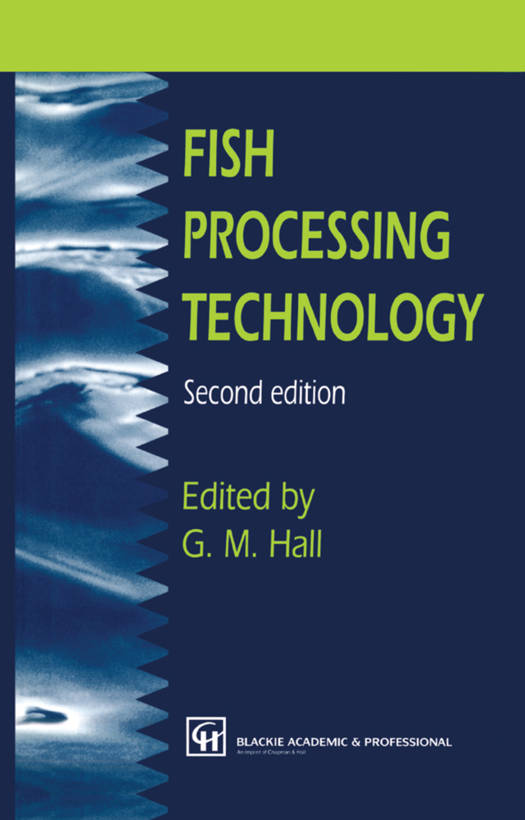
Door een staking bij bpost kan je online bestelling op dit moment iets langer onderweg zijn dan voorzien. Dringend iets nodig? Onze winkels ontvangen jou met open armen!
- Afhalen na 1 uur in een winkel met voorraad
- Gratis thuislevering in België vanaf € 30
- Ruim aanbod met 7 miljoen producten
Door een staking bij bpost kan je online bestelling op dit moment iets langer onderweg zijn dan voorzien. Dringend iets nodig? Onze winkels ontvangen jou met open armen!
- Afhalen na 1 uur in een winkel met voorraad
- Gratis thuislevering in België vanaf € 30
- Ruim aanbod met 7 miljoen producten
Zoeken
Omschrijving
As with the first edition this book includes chapters on established fish processes and new processes and allied issues. The first five chapters cover fish biochemistry affecting processing, curing, surimi and fish mince, chilling and freezing and canning. These established processes can still show innovations and improved theory although their mature status precludes major leaps in knowledge and technology. The four chapters concerned with new areas relevant to fish processing are directed at the increasing globalisation of the fish processing industry and the demands, from legislation and the consumer, for better quality, safer products. One chapter reviews the methods available to identify fish species in raw and processed products. The increased demand for fish products and the reduced catch of commercially-important species has lead to adulteration or substitu- tion of these species with cheaper species. The ability to detect these practices has been based on some elegant analytical techniques in electrophoresis.
Specificaties
Betrokkenen
- Auteur(s):
- Uitgeverij:
Inhoud
- Aantal bladzijden:
- 292
- Taal:
- Engels
Eigenschappen
- Productcode (EAN):
- 9780751402735
- Verschijningsdatum:
- 31/07/1997
- Uitvoering:
- Hardcover
- Formaat:
- Genaaid
- Afmetingen:
- 163 mm x 241 mm
- Gewicht:
- 721 g

Alleen bij Standaard Boekhandel
+ 854 punten op je klantenkaart van Standaard Boekhandel
Beoordelingen
We publiceren alleen reviews die voldoen aan de voorwaarden voor reviews. Bekijk onze voorwaarden voor reviews.











